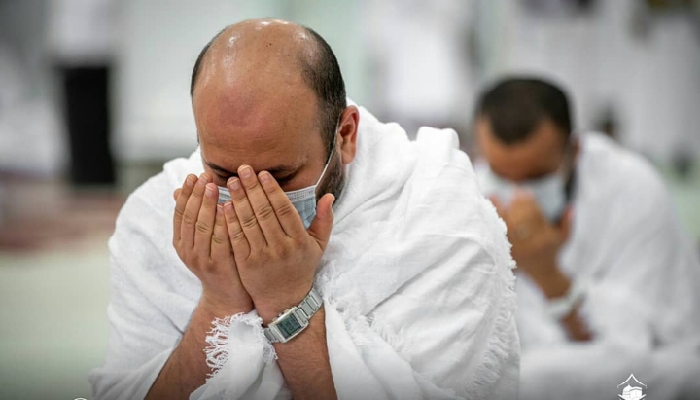Abu Dhabi, Feb 10: Today will mark a watershed moment for the UAE-India relations with Indian Prime Minister Narendra Modi arriving in Abu Dhabi for his second state visit.
The two countries are expected to sign as many as 14 agreements during the two-day visit starting February 10, shifting gears of the strategic partnership in a gamut of areas including space technology, skills development, finance and defence cooperation and investments.
Modi's two-day visit on February 10 and 11 will also see work starting on the construction of the first Hindu temple in Abu Dhabi, fulfilling the long-pending wish of the Hindu community in the Capital.
Modi first visited the UAE in August 2015 becoming the first Indian Prime Minister to visit the emirates in 34 years after Indira Gandhi.
Modi will arrive in Abu Dhabi today evening from Palestine. He will meet His Highness Sheikh Mohamed bin Zayed Al Nahyan, Crown Prince of Abu Dhabi and Deputy Supreme Commander of the UAE Armed Forces, and will attend a state banquet.
On Sunday morning, Modi will visit Wahat Al Karama (Martyrs' Memorial) and pay tribute to the martyred war heroes of the UAE. He will then proceed to Dubai where he will deliver a keynote address at the 6th World Government Summit, in which India is the chief guest country.
Modi will also address a 1,800-strong gathering of the Indian community at the Dubai Opera, which is expected to be a scaled down version of his public address in 2015. More than 50,000 Indians had thronged the International Cricket Stadium in Dubai to listen to their Prime Minister on his first visit.
The Opera event is significant as Modi will flag off the laying of the foundation stone of the first Hindu temple in Abu Dhabi, which will happen simultaneously and will be live-streamed into the iconic Dubai Opera auditorium.
Indian Ambassador to the UAE Navdeep Singh Suri said the latest visit by the Indian PM will mark the dawn of a new era in the India-UAE relations.
"During the year, we have seen major UAE investments into India, a significant increase in defence and security cooperation, a transformation in our energy ties from a buyer-seller relationship to a strategic partnership."
New trajectory in UAE-India ties
Since Modi's first visit, the trajectory of the India-UAE ties have hit a renewed pace with two countries forging a new era of cooperation through the signing of a comprehensive strategic partnership agreement.
During Modi's tenure, Sheikh Mohamed bin Zayed Al Nahyan visited India twice - in February 2016 and January 2017.
The two governments signed 17 bilateral agreements in January 2016, and 14 agreements in February 2017.
The UAE targets to invest $75 billion in India's infrastructure development. UAE's investments in India is also soaring. In October last year, the Abu Dhabi Investment Authority (Adia) signed an agreement with India's National Investment and Infrastructure Fund to invest $1 billion in India. DP World has signed a Memorandum of Understanding (MoU) with India's National Infrastructure and Investment Fund (NIIF) in May 2017 to invest $1 billion in India.
The UAE is home to more than 3.5 million Indians - the biggest Indian diaspora in the world, and 1,706 flights weekly operate between the two countries.







.jpg)
.jpg)
Comments
Before commencing construction work of Hindu Temple in Abu Dhabi, the UAE government must have put condition to Modi to solve the Babri Masjid issue.
Add new comment